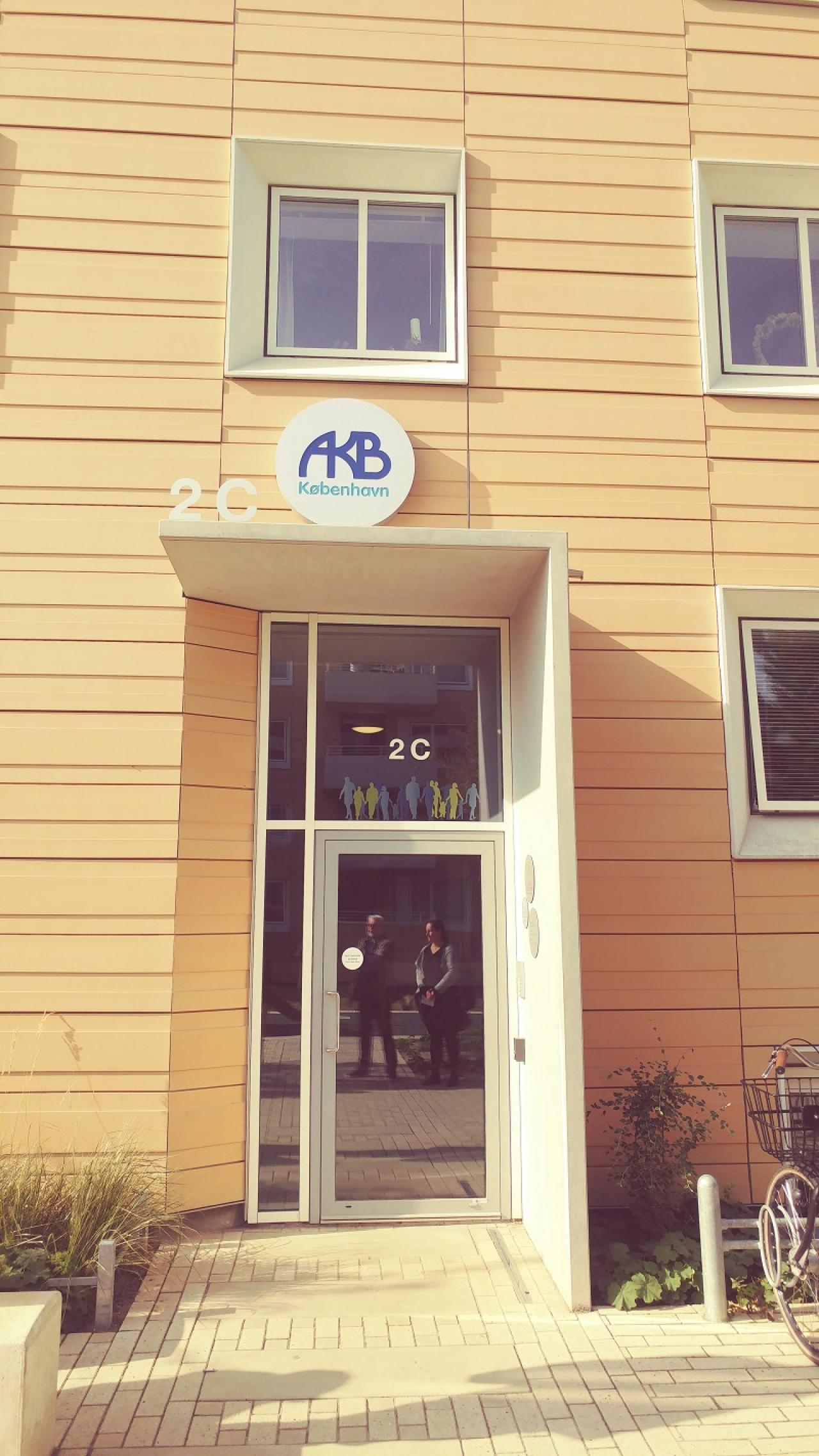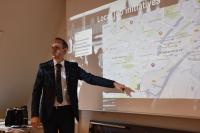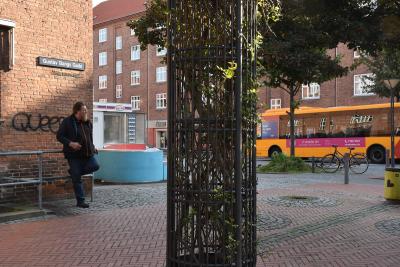
January 2018, by Øystein Leonardsen, Tabitha Burke and Aleksandra Galazka
URBinclusion, an URBACT programme project, has one ultimate goal: to reduce poverty across European cities and create social inclusion. All nine of the participant cities agree that the solution lies in an integrated approach. It is time to break with silo thinking and sectorial division. Instead it is time for public, civic and private stakeholders to join efforts and work towards citizen participation and co-creation.
URBinclusion creates a unique possibility for the municipality of Copenhagen to support the city by generating local employment. The idea is to foster cooperation among different municipal departments and with local NGO’s, businesses, social housing administrations and local activists. The hope is that this process can reinforce the sense of community by letting excluded citizens become part of a project. The key goals of this operation are assuring jobs at local level, creating connections among stakeholders and strengthening citizen participation.
How do we make this possible?
One of the key elements is to downscale the area both geographically and administratively. The Copenhagen approach is therefore focussed on the southwestern area, South Harbour or Sydhavnen. 
South Harbour is one of six areas that the municipality of Copenhagen has characterized as socially compromised. Typical characteristics for this area are: A higher degree of unemployment, lower or no education, low income and a life lived in fewer square meters than the average Copenhagener. The living conditions of the residents are to a large extent determined by Sydhavnen location and history. The dynamic development of housing in this area started at the beginning of the 20th century when AKB housing created the first social housing, taking over from the former shareholders organization. The buildings are constructed with yellow and red bricks, unlike modern social housing and they greatly contribute to the areas nice atmosphere. Despite the value of the residential area, industrial production has affected the area. Major roads, high volumes of traffic and huge factories mean the old part of South Harbour is isolated. The area needed a helping hand.
As a way of approaching these inequalities, the municipality of Copenhagen has initiated a 5 year integrated urban renewal initiative – to make the area more liveable and most importantly empower the people of the area. The ultimate goal is to reduce poverty, promote job creation, enhance social cohesion and a vibrant urban life for a carbon free future. To address these issues the integrated urban renewal has three thematic targets: life between buildings; energy and resources; social and cultural life. The integrated urban renewal office is located in the local cultural civic centre, which helps create a sense of approachability and enhance direct contact with the area. All specific projects are proposed by the integrated urban renewal secretariat and further discussed in, and approved by, a steering committee consisting solely of active local citizens. The committee includes representatives from housing associations, civic institutions and commercial life. The specific initiatives and projects are organized in local workgroups also made up of local citizens.
Life between buildings
This target mainly concerns the urban spaces, roads and parks in South Harbour (Sydhavnen). Today the neighbourhood is divided by large roads and many unsafe pathways. The urban spaces themselves are of low quality and badly maintained. The integrated urban renewal aims to turn these deficits into assets, by co-creating an organization of the social life actors (housing associations, shopkeepers and NGO’s). This is key to create local anchoring – and ensure that the social life will keep generating new jobs and keep creating a stronger local community.
Energy and resources
This target addresses the physical renovation of buildings and waste/water management. Most of the residential and commercial buildings in South Harbour are old, with outdated installations, poor isolation and often have a neglected waste management system. The energy and resource theme therefore deals with health, economic and environmental issues. It is especially important for the excluded and poor residents, because of the potential to create jobs and to lower household expenses.
Social and cultural life
This target addresses the community buildings, cultural experiences and neighbourhood liveability. The aim is to encourage and increase co-operation between the cultural institutions and civic organizations, which are, more than often, low on resources. By organizing and empowering the different cultural initiatives, it creates more opportunities to participate in cultural and social activities such as theatre, community cooking, sports, scouting and urban gardening.
Foste
A combination and cohesion of the physical and social initiatives from the municipal action plan paired with the insight from URBACT, had the integrated urban renewal secretariat set up a group of handpicked actors. The aim is to create a local employment service and generate locally based job opportunities. The strategy is to facilitate a network between larger and smaller stakeholders in South Harbour. Larger stakeholders like Aalborg University Copenhagen and different administrations within the municipality of Copenhagen will act as anchors, whereas the local social organizations, like Opzoomerne and SydhavnsCompagniet will bring a unique insight into the immediate environment. This should create local employment by offering internships and voluntary work in e.g. the refurbishment of the physical area. It is hoped that local employment, internships and voluntary work will activate and mobilize the citizen resources. The vision is to reinforce a sense of community by letting excluded citizens become part of something. The key to this operation is local anchoring of work, creating interconnected stakeholders and citizen participation.
The hope and vision is that this project will help create more employment and shorter periods of unemployment. However, seen in a bigger picture, the project also functions as a prototype for reaching the larger European goal of social inclusion. It is therefore crucial that the project is open for evaluation and discussion with other cities, which have the same issues.
